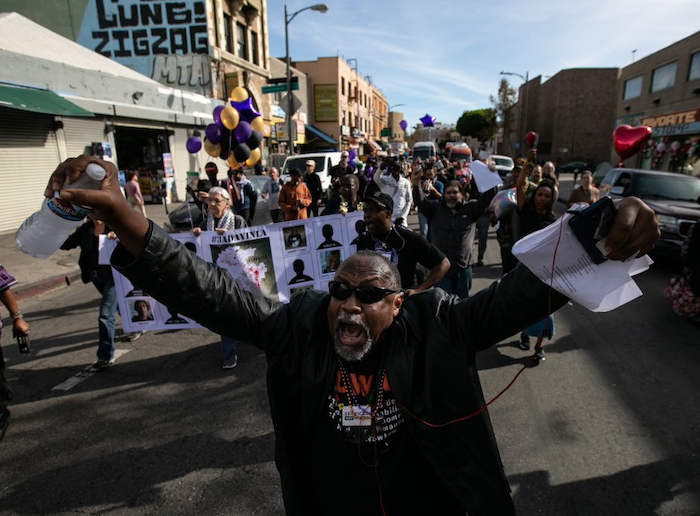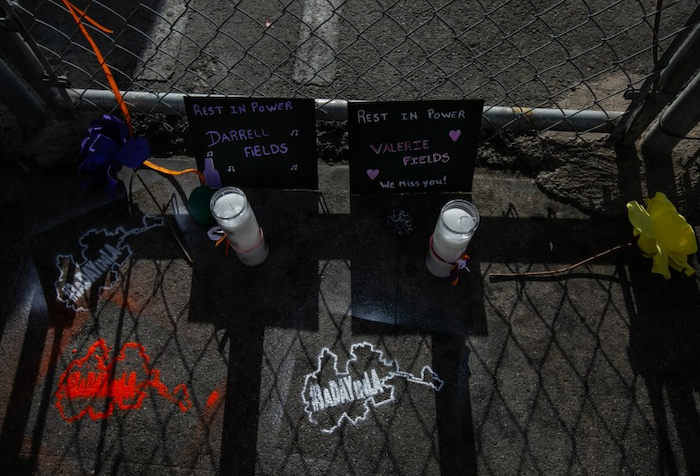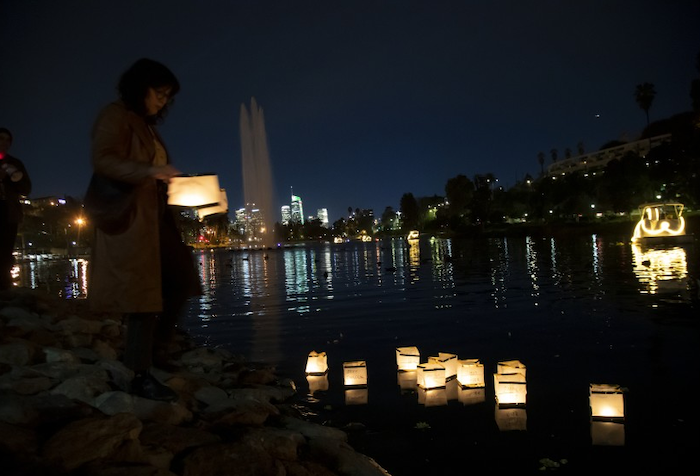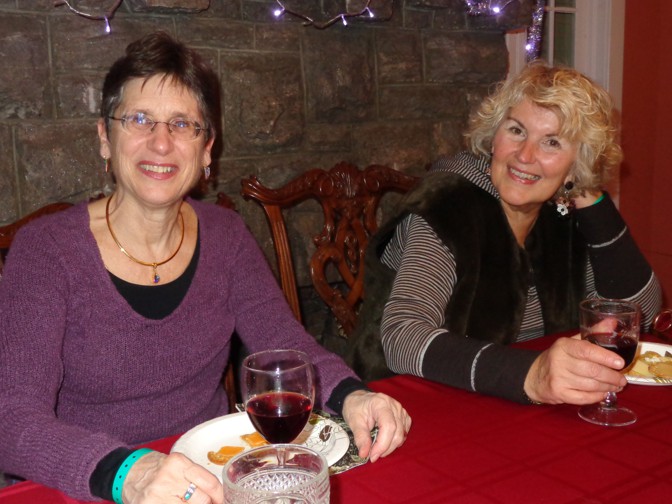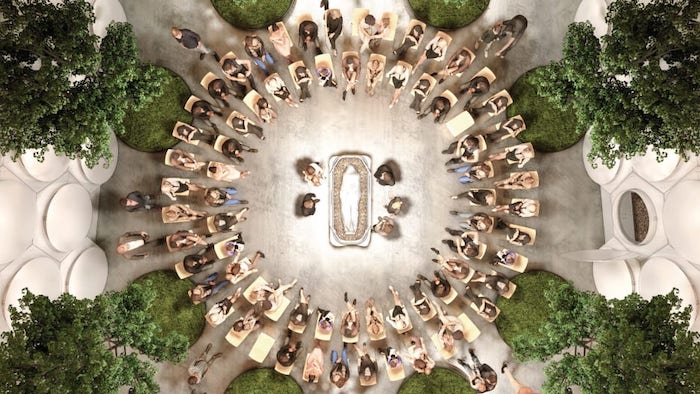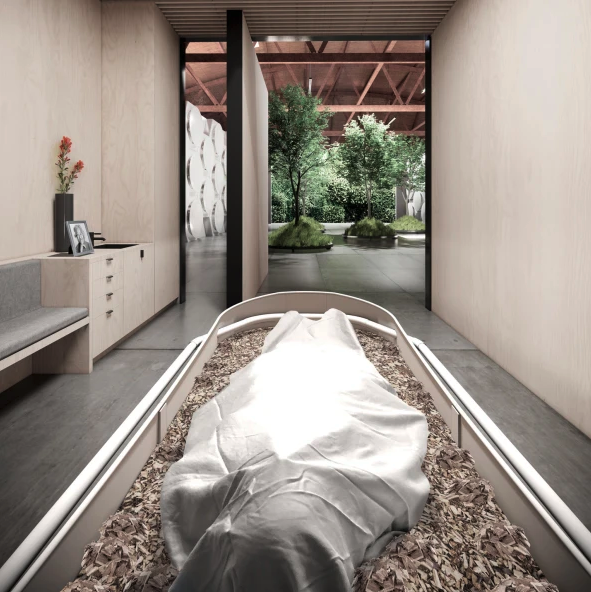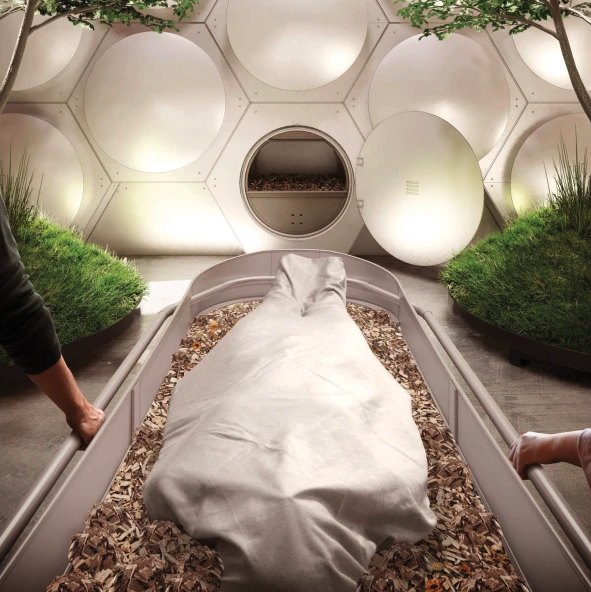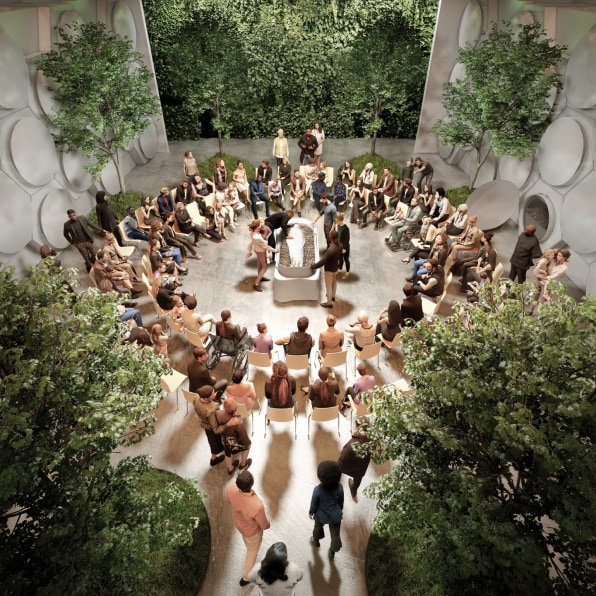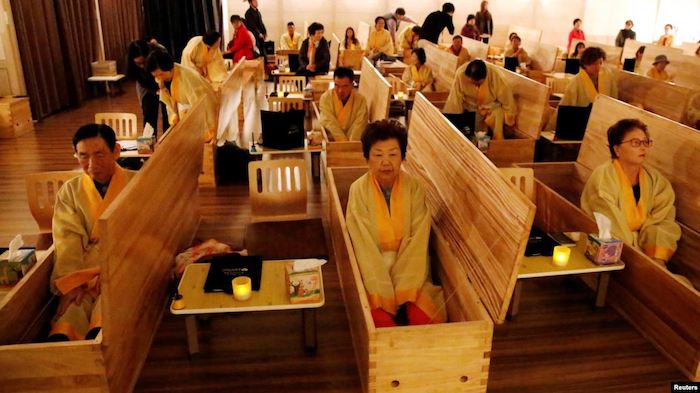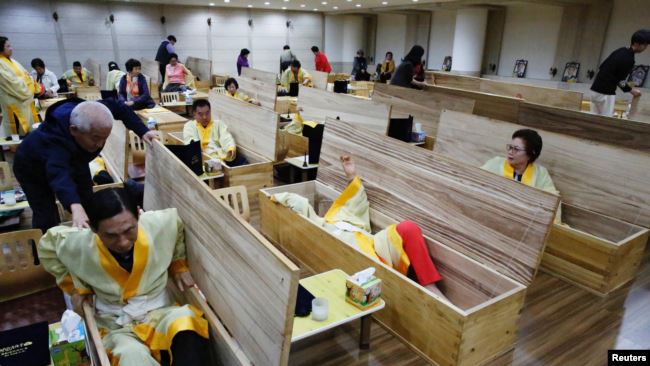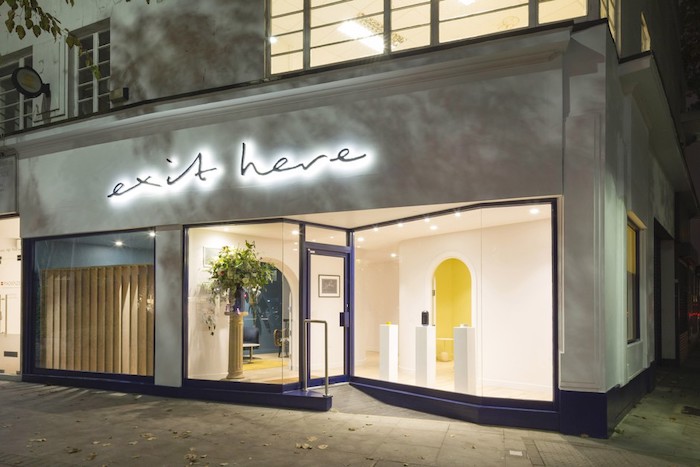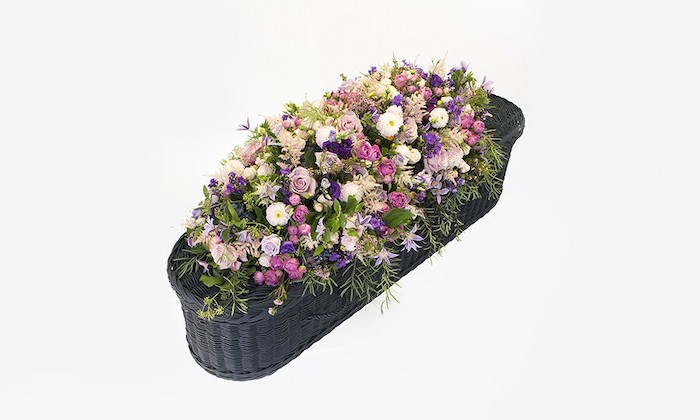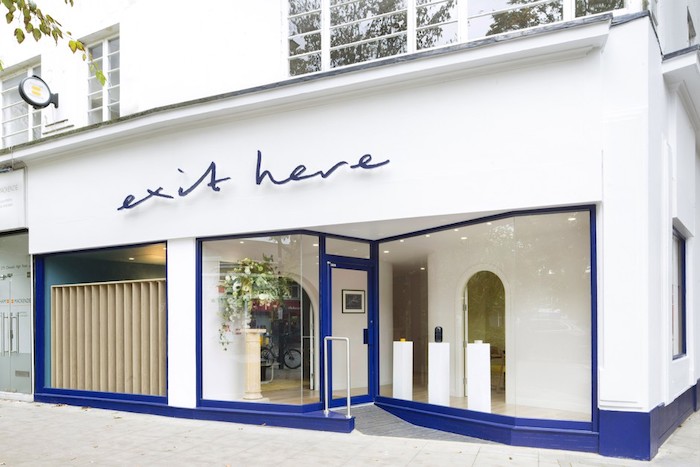— But It is Changing
By Heather Morrison
We haven’t figured out immortality, so it’s important to discuss the inevitable.
In 1997, The Onion published the article, “World Death Rate Holding Steady at 100 Percent.”
While immortality is a quest for lots of fictional characters — like Voldemort and the Cullens from “Twilight” — and a few Silicon Valley elites like Jeff Bezos, that headline from The Onion still holds true more than two decades later.
Duh. Everybody dies.
But a lingering taboo around death in the U.S. makes it hard to talk about. People in and around the funeral industry are hoping to change that.
“Talking about sex is not going to get you pregnant, and talking about death is not going to kill you,” said Darren Crouch, founder and president of Passages International Inc.
Not only are we not talking about death, we’re also trying not to think about it. Only 1 percent of 18- to 34-year-olds plan their own funeral before experiencing the death of a loved one. That number jumps to nearly 20 percent following the death of a loved one, according to CJP Field.
The Green Burial Council’s Holly Chan, 24, thinks it’s time for everyone to start talking about and planning for the inevitable.
At the end of October, she’s hosting a talk called “Death over Dim Sum” at the Reimagine End of Life festival in San Francisco that’s bringing together end-of-life experts and Asian Americans of all ages.
“Age doesn’t really change how much contact you have with death,” she said. “We could die at any time.”
Family members aren’t any better off not having discussed the wishes of a deceased loved one, she said. Instead, they’re often left with uncertainty and an expensive funeral.
“I think this conversation is relevant at any time,” she said, adding that it’s OK to change your idea of what your funeral might look like as your life changes.
Death influencers?
Caitlin Doughty runs the YouTube account Ask A Mortician, which has more than 900,000 subscribers. She vlogs about topics like budget-friendly funeral options, new types of caskets and scams within the funeral industry. She also talks about death positivity.
“Do not beat yourself up over where you are in your journey to accept death,” Doughty said in a video called “7 Habits of Highly Effective Death Positive People.”
“Yeah, there’s a lot about death that sucks,” she continued. “It’s OK to feel bad about death.”
But death is a journey that isn’t going away. It’s time to get comfy with it, she says.
Death doulas are trying to spread the same message by posting about their work on Instagram.
A doula is traditionally someone trained to support and comfort pregnant people and their partners during the pregnancy and birth process. Now, the same idea is being used in end-of-life care.
Chan has found comfort in the growing number of people on Instagram talking about the job of a death doula. She hopes it will bring more attention to the topic of death and dying and spark conversation.
Social media is already shifting some long-held taboos around death, said intergenerational expert Henry Rose Lee.
“Social media has removed many taboos about what can be seen, shared and discussed,” she said.
Younger generations are trying to confront topics that have been impolite to talk about in the past.
“Millennials don’t want to die any more than any other generation,” Lee said. They’re just “embracing the need to discuss quite tough subjects, like death.”
[ICYMI: We Asked a Mortician About the Death-Positive Movement, and This is What She Said]
Fireworks at a funeral
As more people talk about death, more people are moving away from the “traditional funeral” — the kind with a funeral home, casket and everyone standing around in black.
In the same way people are personalizing their wedding ceremonies more and more, people are wanting the same for their funerals, Lee said.
“I have even talked to some millennials who are planning a band or performers of some kind,” she said. “Many see the funeral as a chance to celebrate.”
Chan has heard people planning on an end of life celebration before they die, with firework displays, motorcycles and games.
Lee points out that all this can be done in addition to any traditions, religious or otherwise, you want to include.
“Religion does still have an impact on decisions about funerals and death,” she said.
However, nearly four in 10 adults ages 18 to 29 are religiously unaffiliated. And they are four times more likely as those a generation ago to identify that way, according to a study by the Public Religion Research Institute.
Due to that shift, “it is likely that, in the decades to come, millennials may move away from some of the older traditions,” Lee said. “Time will tell.”
Green burials aren’t just a fad
One of the biggest movements in the funeral industry is green funerals, including more environmentally friendly burial options.
In 2018, nearly 54 percent of Americans were considering a green burial, according to a survey released by the National Funeral Directors Association.
“Green burial is for everybody,” said Lee Webster of the Green Burial Council.
Traditional burial methods — like being embalmed and buried in a metal casket — take a toll on the environment. Green burial uses biodegradable plain wooden caskets, shrouds, tree pods or coral reefs. And the options are expanding.
One family Crouch talked to put a family member’s remains in a biodegradable turtle-shaped urn. They dropped the urn into the sea. A real-life turtle swam up next to it, he said.
“It’s very, very powerful,” he said. “That family is never going to forget that service.”
Though millennials are carrying on the push for greener funerals, boomers actually originated the idea. They were concerned about the land, what we were putting in it and how to conserve it, Webster said. It wasn’t a climate change issue then — but now it is.
“People are living greener and it would be an obvious extension that they may expect to die greener,” Crouch said. “The problem is the industry has been very slow to change.”
But millennials are normalizing the conversation around green burials, “and then everybody follows,” Webster said.
Textbook for the modern funeral director
The gap between what people want and what funeral homes currently offer means a person’s funeral might not line up with how they lived their life.
“The industry is so used to doing the cookie-cutter funeral,” Crouch said. “Even though they may have driven a hybrid vehicle, maybe they were avid gardeners, maybe they were environmentalists, it’s not uncommon for that person to be embalmed and buried in a metal casket.”
Webster literally wrote the textbook on potential solutions to this problem. Now mortuary school students are learning about environmentally friendly burials.
It’s in the best interest of funeral homes to start adapting to what people want, Crouch said. As more and more options become available, think about how you’d want to be celebrated and buried.
Washington just became the first state to allow “human composting” as a burial method. Who knows what could be next.
“There are a lot of unique things on the horizon,” Crouch said. “Some of them may or may not be practical.”
But, he said, the modern funeral director should listen to what was important to the person in life and present the family with all their options — not just what’s been done in the past.
Complete Article ↪HERE↩!


